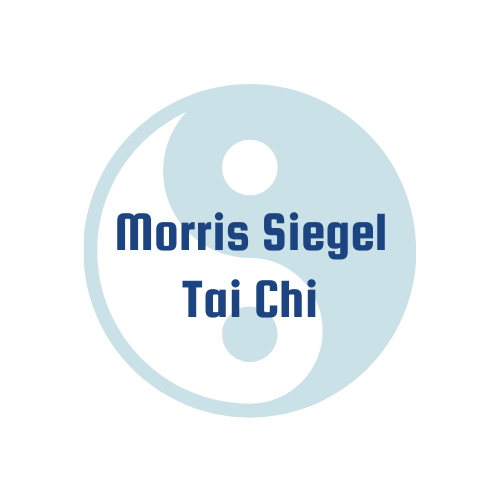I improved my heart health with qigong
A little of my medical back story
As you may know if you’ve been reading my blog for a while, I had a bout of atrial fibrillation (A-fib) earlier this year. I was fortunate to receive excellent medical attention from the first doctor’s visit that discovered what was happening to the last, where I was told that my heart is back to what passes for normal around here.
In fact, last time we spoke a couple weeks ago, my cardiologist was a little surprised to find that my ejection fracture actually improved. The ejection fraction measures how effectively the atria is pumping blood into the ventricle, and mine took a bit of a hit when I was in A-fib.
But now, my ejection fraction is better.
When I say “better,” I don’t just mean that it’s as good as it was before the A-fib. I mean that it is now noticeably better than it was when it was measured during a stress test before my knee replacement surgery in 2020.
How did I improve my heart health?
The answer is through the use of qigong—specifically, through the Wise Old Owl qigong form that I developed as I was recovering from bi-lateral knee replacement surgery almost two years ago.
Wise Old Owl qigong has its roots in traditional qigong movements such as the Eight Pieces of Brocade. It was something that I developed using movements I picked up in a variety of places, to form a coherent qigong set that would allow my knees to rehab well while also improving my strength and stamina. The Wise Old Owl qigong form currently has a total of 21 movements, each of which is done in sets of 10.
I currently perform the movements of Wise Old Owl qigong between 3 to 5 times each week. I teach it online on Wednesday mornings at 9 a.m. via Zoom (all sessions are recorded), and use the form with some of my other students throughout the week.
I often add mantras or affirmations to my qigong practice. Basically, as I perform each movement, I repeat the thought inside my head. That is a lot of repetitions of affirmations, since I do 10 repetitions of each of the 21 moves in the form.
Once I discovered I was in A-fib, I began to add the following affirmations to my practice: My heart is healthy. My heart is strong.
After my heart was put back into sinus rhythm this spring, I continued to think those words as I worked through the repetitions of the 21 moves in the Wise Old Owl qigong form. While the doctors and I had some initial concerns that my heart had sustained some additional damage that might require further intervention, a recent stress test showed that my heart is stronger than it has been since my heart attack in 1991.

